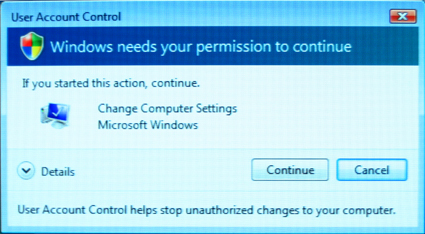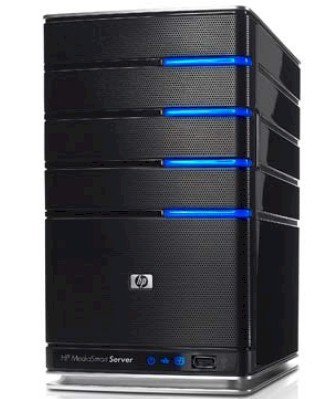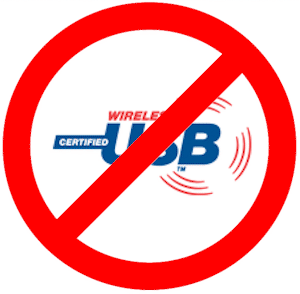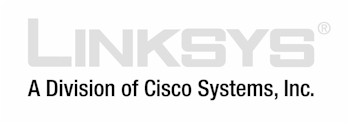Introduction

You’re probably as tired of reading year-end I-gotta-write-something-but-I-don’t-feel-like-it articles as I am. But why should SmallNetBuilder readers be left out?
Since I’m often accused of being too cranky and not positive enough in my reviews and commentary on the SOHO / SMB networking industry, I thought I’d continue in that direction for my year-end review. So here are 10 things that we didn’t see happen in 2007 (in no particular order).
1 – Buffalo back in the U.S. Wireless game
Buffalo Technology‘s ongoing legal woes with Australia’s CSIRO resulted in an injunction that forced Buffalo to halt all shipments of wireless LAN products in the U.S. market around the end of October [article].
Buffalo finally quietly issued a statement toward the end of November that said it "believes that the Court of Appeals will ultimately issue a decision in Buffalo’s favor, finding CSIRO’s patent invalid and not infringed and vacating the injunction". But a lot can happen in the "7-12 months" that Buffalo says that this decision could take. By the time Buffalo can sell wireless products again, will anyone care?
2 – A good reason to upgrade to Vista

It’s pretty well accepted that Vista hit the market with a thud, despite all of Microsoft’s attempts to convince us all to the contrary. Our look at the "improvements" that Vista brings in networking didn’t find any advantages and plenty of disadvantages, or at least, annoyances in making the switch. But it sure brought the Vista fanboys out in force.
3 – The Wi-Fi Alliance own up to its screw-up
When I found a hole in the Wi-Fi Alliance’s 802.11n Draft 2.0 certification test suite back in October, it didn’t seem to be a significant issue to any other publication. But the hole allowed at least one product—Linksys’ dual-band WRT600N router—to be shipped with its 2.4 GHz band radio defaulting to the legacy-unfriendly 40 MHz bandwidth mode.
Despite multiple requests for comment, the Wi-Fi Alliance has yet to respond. I suppose I wouldn’t either, if someone found an obvious problem that should have been caught long ago.
4 – Microsoft / HP rock the Home Server world
The combination of Microsoft’s Windows Home Server and HP’s MediaSmart Server was introduced with much fanfare at January’s Consumer Electronics Show. But a September introduction was cancelled at the last minute, citing the need to wait for further software tweaks from Microsoft. So the product didn’t really hit the shelves until late November, with a wimper, not a bang.

My review once again brought out the Microsoft fanboys (is there a pattern here?), with numerous comments that I was unduly harsh, missed the point, blah, blah.
But I still think that the product is not that impressive, considering the combined brainpower of the two companies that spawned it. And more to the point, how are networked storage products that have to pay a license fee to Microsoft going to compete on price with open source based products that don’t?
5 – A truce between warring powerline networking factions
The stupid battle between the HomePlug Alliance and Universal Powerline Association (UPA) continued in 2007, resulting in the failure to establish a unified standard for consumer powerline networking products.
The battle amounts to a pissing contest between chipmakers Intellon on the HomePlug side and DS2 on the UPA side, with neither willing to work out a compromise that would result in a single standard that would benefit consumers.

Even the IEEE P1901 Work Group, which is working on a draft standard for Broadband over Power Line Networks, has been unable to get the two parties together.
So as we enter 2008, you need to continue to be careful of what you buy when shopping for powerline networking products. If you don’t read the product box carefully, you might end up with no connection.
6 – The Year of Certified Wireless USB
Once again, another year has come and gone without any compelling reason to spend one cent on buying anything with the Certified Wireless USB logo on it.

Our review of the IOGEAR Wireless USB Hub and Adapter found slightly better performance than obtained with Belkin‘s now-dead Cable-Free USB Hub, which was based on an alternative UltraWideBand (UWB) technology.
This cable-elimination technology might at some point actually replace USB cables, but probably not for two more years or so. It’s like a Bluetooth deja vu…
7 – Draft 11n Take Off
802.11n got a boost from the creation of the Draft 2.0 standard back in March. But the bulk of wireless LAN products sold continue to be good ol’ 802.11g.

Part of the reason is that some consumers don’t want to buy a technology that isn’t finalized, particularly given the wireless industry’s track record. (Anyone remember 802.11b+?). And some buyers don’t like the higher prices for 11n gear.
Consumer networking companies have taken a few approaches to the pricing problem. Most have held off on introducing pricier dual-band products, choosing instead to get their existing inventories of single band products drawn down a bit.
Others, such as Linksys with its "Range Plus" line, are introducing products based on RaLink‘s "1T2R" pseudo-MIMO chipset, trading off performance for lower price. But, at least in Linksys’ case, they’re not saying the product is using draft 802.11n inside.
Unless equipment manufacturers can present consumers with a compelling reason to upgrade to 11n, 2008 will see 11g continue to dominate as the WLAN technology of choice.
8 – Linksys disappear
I have to confess that I thought the Linksys brand was a goner, when it was assimilated by Cisco back in 2003. But there still must be gold in them thar Linkies, because new products continue to appear under the brand that made home networking famous.

Cisco’s John Chambers went on record this year saying that the Linksys brand will eventually be retired. But 2007 wasn’t the year that Linksys died and I don’t think that 2008 will be, either.
9 – Wireless Security really become easy
Are you tired of waiting for the promise of "push-button" wireless security to finally become real? I know that I am. 2007 saw the Wi-Fi Alliance finally make public the Wi-Fi Protected Setup (WPS) scheme that combined competing proposals from Broadcom, Microsoft and Atheros (among others).

But implementation still remains spotty. New wireless products continue to appear with non-functional or buggy WPS features, or even no WPS at all.
And, of course, don’t expect an upgrade for any gear you already own. As with the WPA changeover, most manufacturers will be concentrating their resources on getting WPS into new products and expect you to replace your current ones to get the benefit.
10 – Gigabit Ethernet become standard
I’m really surprised that networking gear is still being shipped with only 10/100 Ethernet ports. The transition from 10 Mbps to 10/100 Mbps Ethernet seemed to happen overnight. But ubiquitous gigabit E seems to be taking forever.
Maybe manfs think that the U.S.’ embarrisingly slow Internet infrastructure means that we don’t need faster LAN speeds. Or maybe they don’t want to make it any easier for digital downloaders to copy multi-gigabyte sized media files.
Or maybe we just need to stop buying products with only 10/100 ports!
Let’s all raise a glass to a better 2008. Happy New Year!
